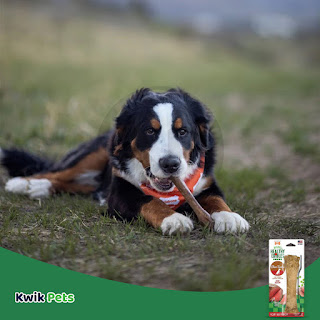The Truth Behind Dog Chew Bones: Are They Really Safe?
- Get link
- Other Apps
In pet care, dog chew bones, bones & chews, dog chew sticks, and dog treat sticks have long been famous for pet owners seeking to satisfy their furry friend's instinctual need to chew. However, despite their widespread use, there are important considerations regarding the safety of these seemingly innocuous treats.
Here is an overview of the main points to consider:
Potential Dental Benefits: Dog chew bones can Reduce plaque and tartar buildup to promote better dental health. Chewing can help mechanically clean the teeth, potentially reducing the risk of dental problems, including gum disease and tooth decay.
Risk of Choking: One of the primary concerns associated with dog chew bones is choking. Depending on the size and texture of the bone, fragments could break off and become lodged in your dog's throat, posing a choking hazard.
Digestive Issues: Ingesting large pieces of bones and chewing on them can cause dental Problems like gum disease and tooth decay, obstructions, or perforations. These problems can be severe, necessitating emergency veterinary attention.
Ingredient Quality: Not all dog chew bones are created equal. It's essential to carefully examine the ingredients list to ensure the product is made from safe and digestible materials. Avoid using products with artificial additives, preservatives, or questionable ingredients.
Supervision is Key: Always supervise your dog closely when giving them a bone or chew stick. This allows you to intervene quickly if any issues arise and help prevent accidents or injuries.
- Get link
- Other Apps


Comments
Post a Comment